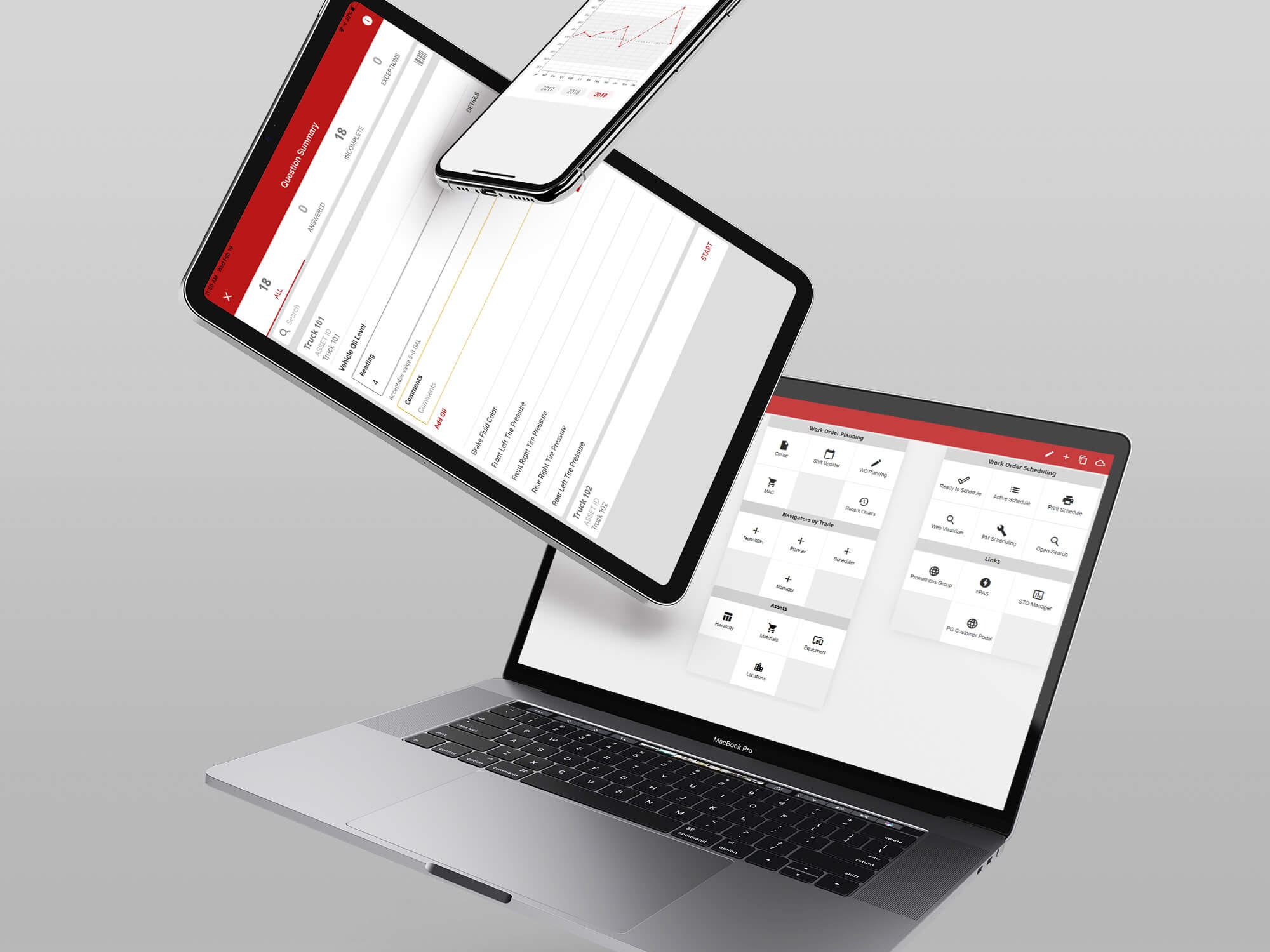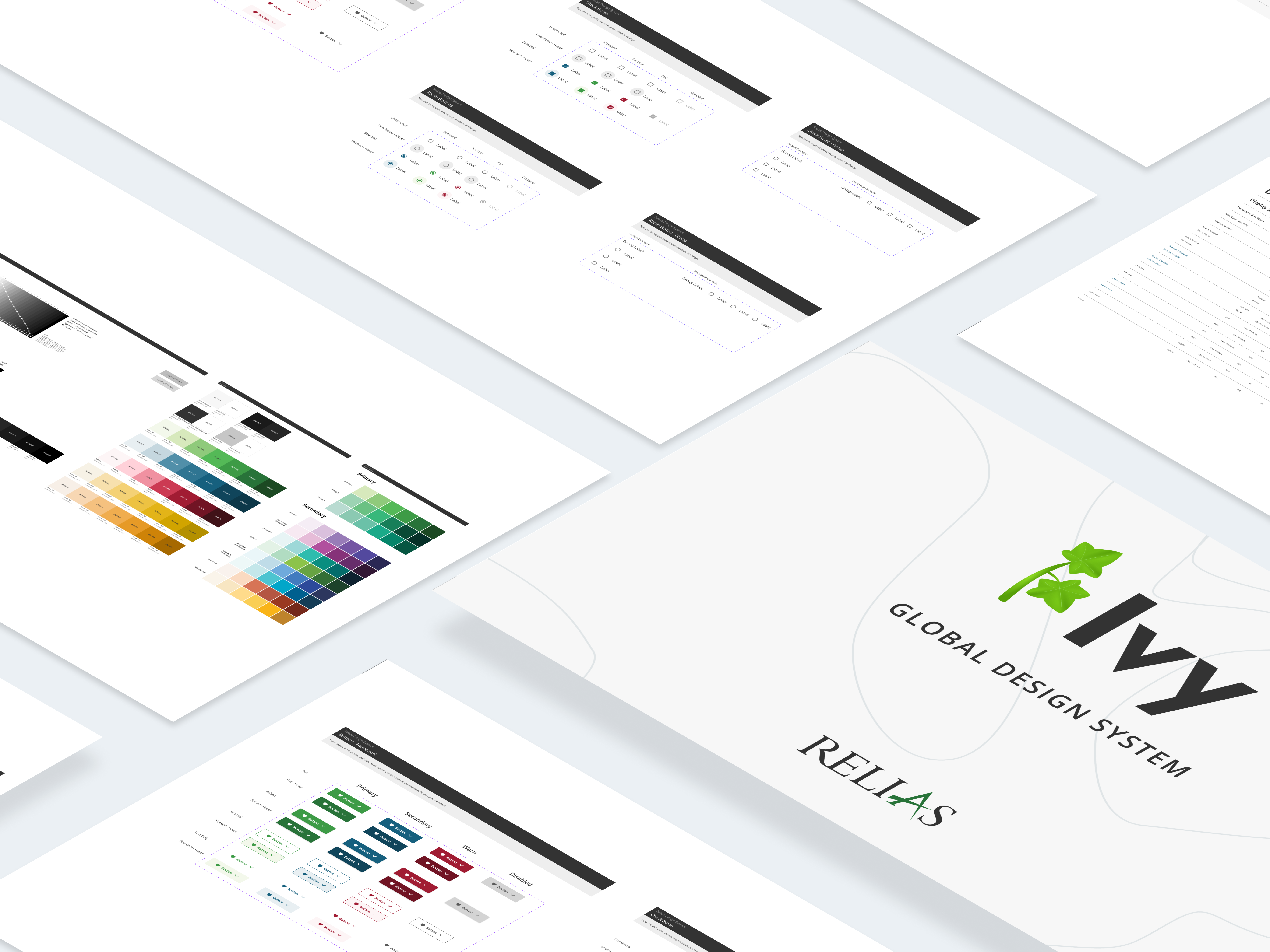Triangle MTB
OVERVIEW
Triangle MTB is a website that services the mountain biking community specifically within the Triangle region of North Carolina. Its primary function is to provide the most up-to-date statuses of the mountain biking trails in the area.
My Role
• Conduct research to assess customer pain points and opportunities
• Lead the creation of user flows, information architecture, and wireframes
• Generate prototypes to explain design intentions and conduct user testing
• Present UX recommendations to the owner
• Work with development to ensure quality implementation of visual and interaction designs
The Team
Derrick Lowder - Owner of the Triangle MTB website, principal stakeholder
Rodrigo Trejo - Developer, back-end and front-end
The Challenge
This project was born through Rodrigo (developer for the project and friend) and myself as active mountain bikers that came across Triangle MTB when we moved to the triangle area. Since then, we have relied heavily on the site to see which mountain biking trails are open for use at any given time. While we both found the information on the site to be very valuable, we also noticed how difficult it was to navigate.
Defining the Problem
While it’s apparent what the bigger problems associated with the current state of the site were, I wanted to find out what aspects were important to the mountain biking community through a survey I created.
The survey was posted on a local biking community Facebook group and got the following key pieces of data from a set of 208 responses:
After harnessing data through Google Analytics for the current state of the site, we found the following:
I recognized that sometimes raw data doesn’t equate to what users want and what their pain points are. So I conducted user interviews and found various areas of improvement to their experience. One user's feedback stood out the most:
“Sometimes I’d like to update a trail status so people know that it’s still in good condition but it’s not very easy to do it and I move on with my riding.”
This is crucial because the majority of trail statuses are updated by the users themselves, but the level of difficulty to do so prevents some from doing it.
The Users
After realizing the majority of users’ pain points and the base needed to explore further opportunities for Triangle MTB, we deducted the following personas and actionable problem statement:
For the sake of this initial sprint in the project and the larger demographic group, we decided to focus on Adam and develop the following user scenario:
From the above scenario the steps needed to complete the ultimate goal of riding with his friend through Triangle MTB can be summarized as:
The Solution - Task Oriented Design
My approach to the solution was to focus on task-oriented design. With the primary tasks outlined in the user scenario above, I decided that it’s best to design an adaptive website that recognizes the type of device used to access and output the correct format. In the mobile format, I address the following tasks:
Results and Learnings
What interested me the most about this project was the opportunity to make an impact in my local mountain biking community. However, what I didn’t expect was the overwhelming amount of people that are loyal to the site and how heavily they rely on it to enjoy the sport.
While this initial phase is covering a base of functionality, I wanted to test early and quickly. Through user testing we found that the users were able to complete the primary tasks associated with the ultimate goal of riding easily and quickly. What I found the most satisfying was how clear everything was for the users, with the exception of how the enabling location services would automatically show them the nearest trails to their location. This function is something that was easily explained verbally after the test was conducted, but it could have been demonstrated through further refinement of the prototype.
The testing phase helped us identify a lot of areas of opportunity to continue to explore, especially those revolving around social functions of the site. This is an area that has been neglected but one that we’re excited to pursue and users desire.



